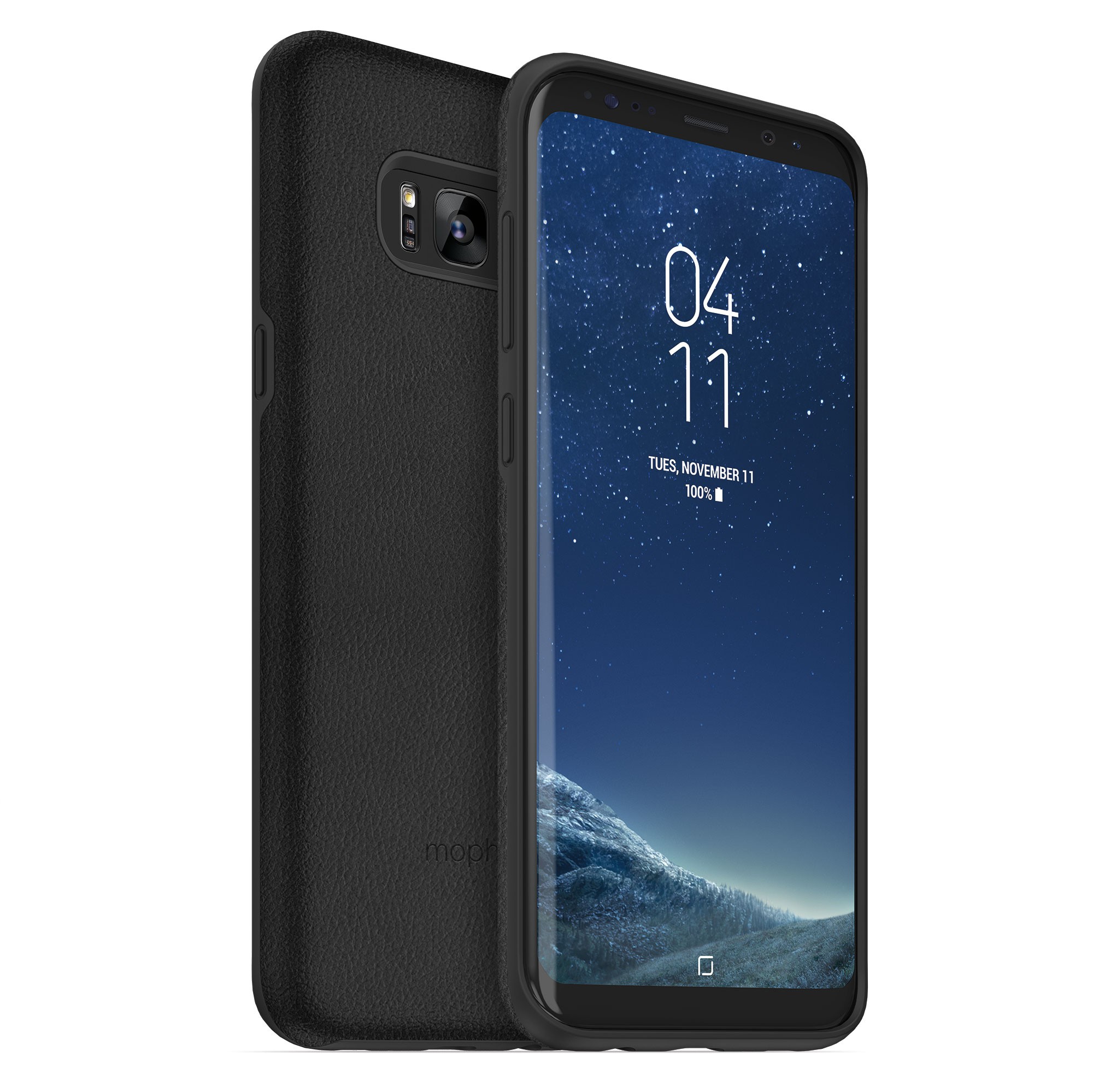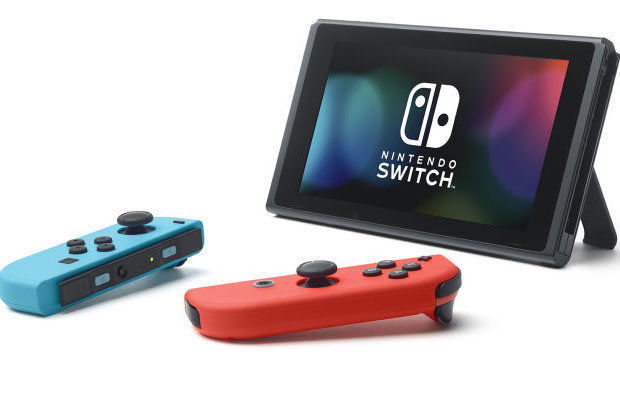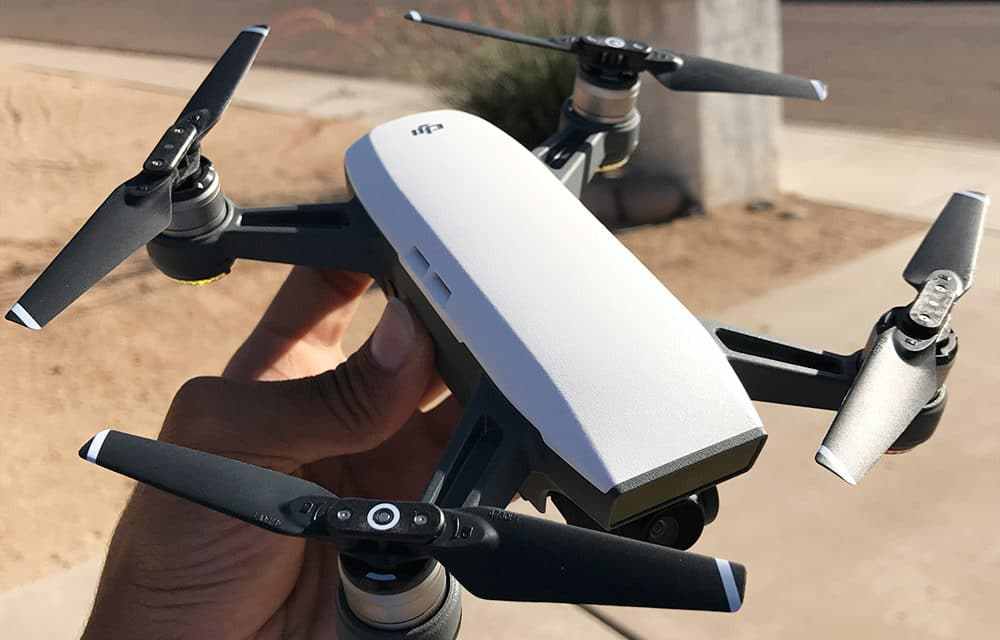Contenders at the low end
Oppo F5
Price Rs. 30,990-33,990(32 GB variant)
If you are on a budget, the Oppo F5 is a stellar choice. Oppo touts itself as the selfie experts and advertises and engineers its phones for the selfie-obsessed. But regardless of the impressive 20 MP selfie camera on the device, it comes equipped with some really good internals. It runs on a Mediatek Helio P23 processor which, paired with 4 or 6 GB of RAM, gives smooth performance and makes the phone fast.
Staying true to the growing trend of slim bezels, Oppo has managed to shave off the bezels around the F5 considerably. Although they are not as invisible as the bezels on iPhone X or Galaxy S8, they are still thin enough to comfortably house a 6-inch display within a frame that feels like it houses a much smaller display. It also runs at an 18:9 aspect ratio, making the screen taller compared to standard displays. It comes with a Full HD+ resolution of 2160 x 1080 to compensate for the height of the screen.
However, considering the price, the phone has its shortcomings. The plastic construction feels great to the touch but it may not be as durable as metal constructions. And while the phone feels smooth for everyday use, the P23 processor leaves much to be desired for gaming performance. At a compelling price point of 35, the F5 is a remarkable device for the money.
Moto E4
Price Rs. 18,990-20,990
If even the Oppo F5 seems a bit steep on the price range, the low-end is bustling with life as well. The Moto E4 is a phone that comes cheap but preforms considerably well. It comes equipped with a Mediatek MT6737 processor and 2GB RAM. Moto E4 has a 720p 5-inch display that doesn’t look half bad.
While the screen does look pixelated up-close, the colors and the brightness of the display panel are pretty good. The phone also is consumer friendly, with all major consumer demands met, like a microSD slot and a removable battery. It also comes with a fingerprint sensor at the front.
There have been plenty of technological advancements in high-end smartphone design. Most of these trends seem to have trickled down to the low-end. From the outside, the E4 looks remarkably good. It’s got a nice 2.5D curved glass in front that blends almost seamlessly into the plastic body. While the curve helps the phone feel flush in your palm, the screen doesn’t curve and the phone also has some identifiable bezels.
Given all the powerful smartphones in the market today, it’s obvious that the E4 is no powerhouse of performance. How Motorola has managed to produce a phone at this price point without any glaring compromises is something laudable.
(Figures mentioned are the average market prices)
The 5 done right: One Plus 5T
 Price
Price
Rs. 64,900(6GB/64GB)
Rs. 72,900(8GB/128GB)
Back in 2016, One Plus received overwhelmingly negative reviews for its flagship, the One Plus 3. The Chinese smartphone company immediately went into damage-control mode and started working on an upgrade, calling it the One Plus 3T. This was the first time it had used the ‘T’ suffix in its phone line and it has continued to use the moniker to specify incremental updates to its phones. While the 3T came as a result of negative press, the latest device from One Plus, the One Plus 5T, is trying to catch up with its competition. By no means was the One Plus 5 a bad product: it was designed well and came equipped with specifications that could rival all its flagship competitors. However, with companies like Samsung and LG ushering in a new era of bezel-less smartphone designs, the One Plus 5 couldn’t go toe-to-toe with its technologically-advanced competitors.
With the One Plus 5T offering a bigger 6.1-inch screen at a screen-to-body ratio of 80.1 percent, further improvements to its already stellar dual-camera set-up, and with a price-tag rivaling the One Plus 5, the device offers a price-to-performance ratio unlike any of its competitors. One Plus has kept most of the 5’s internal hardware intact for the One Plus 5T; the main difference being, at face-value, the screen.
One Plus has managed to trim down both the top and bottom bezels to compensate for a much larger 6.1-inch, compared to the 5’s 5.5-inch screen, while keeping the overall dimensions of the phone relatively intact. But while the screen-size has increased, the resolution remains the same at 1080p. This is a bit low compared to 2k and 4k options offered by other flagships, but the screen looks sharp with adequate color vibrancy. The screen is nonetheless taller at an aspect ratio of 18:9.
Apart from the screen, the One Plus 5T has also made significant improvements to its dual camera set-up behind the phone. While the main 16 megapixel module remains, the secondary telephoto camera that aided zoomability while taking photos has been replaced with a module that helps take better low-light pictures. With a new wide aperture secondary lens paired with a 20mp sensor, the photos that the One Plus 5T creates are astounding. This replacement of one of the rear camera modules means a limited zoom. But the extra light exposure from the wide aperture will have you ready for a good shot regardless of your surroundings.
Besides the two major changes, the phone also sees some minor design tweaks due to an emphasized screen at the front. Its bezels shaved, the fingerprint reader has been moved to the back of the device and while this change might be preferential, the rear fingerprint reader is convenient to use. The device also comes with a facial recognition system.
The One Plus 5 was in itself a remarkable phone and with new features further improving the device, the One Plus 5T is definitely worth considering when you’re looking for a new phone to invest in. One Plus has stopped production of the earlier 5 model. But you need not worry. The 5T brings plenty of new and welcome features without any changes in price.
Three iconic products of 2017
With many companies showing off really interesting technology at the recent 2018 International Consumer Electronics Show, we can rest assured 2018 will see exciting developments in consumer electronics. From foldable TVs to augmented reality glasses, there is plenty to look forward to in 2018, but at the cusp of the year, it is worth looking back at the products of 2017 that have, undoubtedly, paved the way for the future. Here are a few of them:

- Samsung Galaxy S8 and S8+ (Rs 70,000-90,000)
One of the most important devices of 2017, Samsung’s flagship phone redefined a smartphone’s look and feel by coming up with a phone with 83.6 percent screen-to-body ratio. With many companies like Sharp and Xiaomi experimenting with the bezel-less designs, bezel-less smartphone had been a hot topic of discussion online. While Sharp’s Aquos Crystal and Xiaomi’s Mi Mix did create buzz among technology enthusiasts, it was Samsung’s bezel-less version that pushed the ‘enthusiast technology’ into mass market. Everything about the S8 Edge spells well-thought out design. There hasn’t been a compromise on any front-facing functionality, unlike many of the other devices that resort to experimental new technology. While there are some rough edges in design, like the awkwardly placed fingerprint sensor, overall, the Samsung Galaxy S8 is a refreshing rejig of smartphone design.

- Nintendo Switch (Rs 45,000-50,000)
There has always been a stark divide between portable gaming and console gaming. Consoles are known for their graphical performance and gaming complexity while portable consoles are better suited for light gaming on the go. Even powerful portable gaming consoles like the PSP does not have the graphical or logical compute performance to back bigger triple-A titles. It wasn’t until Nintendo’s release of the Switch in early 2017 that a truly hybrid console experience was achieved. The Switch effortlessly changed between portable and console gaming modes, as per the gamer’s preference. The Switch, however, still can’t compete with more performance-driven consoles like the Playstation 4 or the Xbox One. But seen through Nintendo’s aesthetic approach to gaming, the Switch manages to produce a great looking, utterly novel and remarkably fun gaming experience. Paired with games like The Legend of Zelda: Breath of the Wild, the Nintendo Switch carves out an exciting new niche in gaming.

- DJI Spark (Rs 65,000- Rs 85,000)
In mid-2017, DJI announced their affordable Spark drones. While up to this point drones needed a controller to navigate, the Spark introduced a new gesture feature that made controlling the drone and interacting with it effortless. With a really affordable price tag of $500, the DJI Spark instantly launches from your palm and reacts to your palm controls. Intelligent enough, the drone also positions itself for automatic framing of pictures and videos and even recognizes and reacts to obstacles in its flight path. Considering the affordability and ease of use of the Spark, drones might further penetrate the mass market in 2018. Looking back at 2017, there have been countless other revolutionary products that defined the year. But considering just how innovative the past year has been for consumer electronics, we can’t help but look into the future with great expectations.
(Figures mentioned are the average market prices)









